Indian copper plate inscriptions
Videos
Page
Indian copper plate inscriptions are historical legal records engraved on copper plates in the Indian subcontinent.
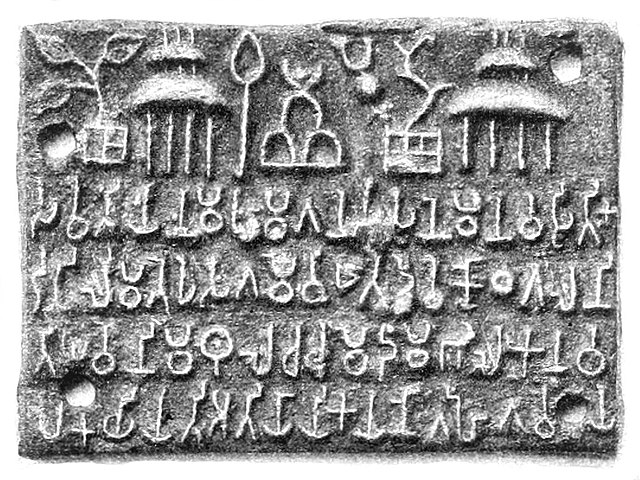
The Sohgaura copper plate inscription, the earliest known of its kind, 3rd century BCE
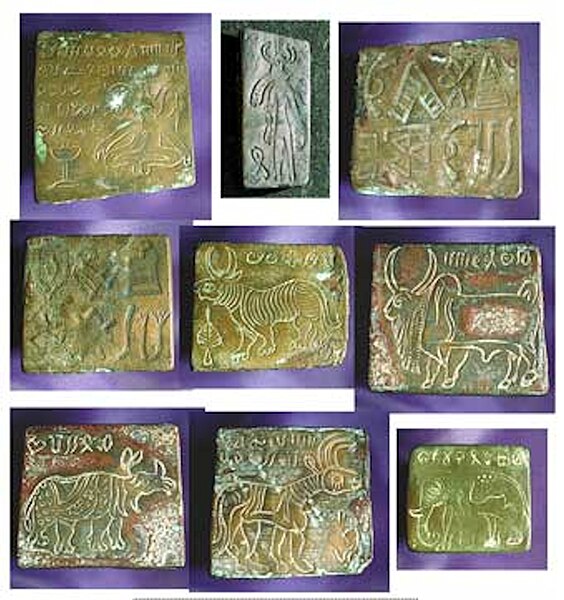
Copper plates. Mature Harappan period, 2600–1900 BC (Shinde, 2014)
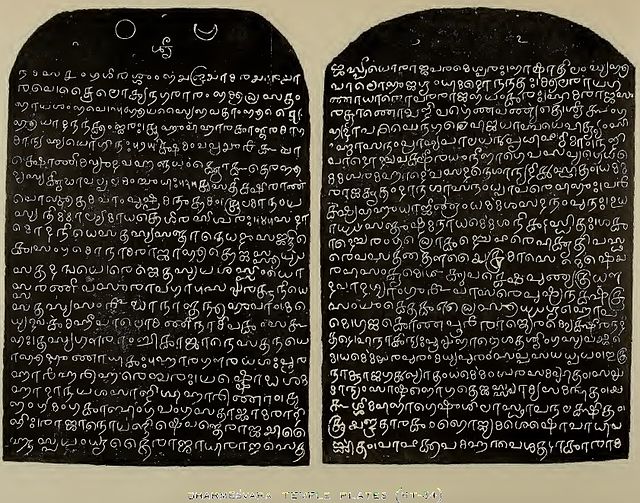
Plate 1 and Back
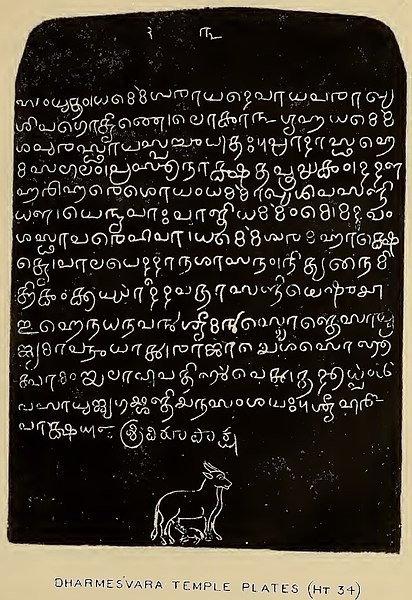
Plate 2
Andhra Ikshvaku
Videos
Page
The Andhra Ikshvaku dynasty ruled in the eastern Krishna River valley of India, from their capital at Vijayapuri for over a century during 3rd and 4th centuries CE. The Ikshvakus are also known as the Ikshvakus of Vijayapuri to distinguish them from their legendary namesakes.

Nagarjunakonda Ayaka pillar inscription of the time of Vira-Purushadatta (250-275 CE)
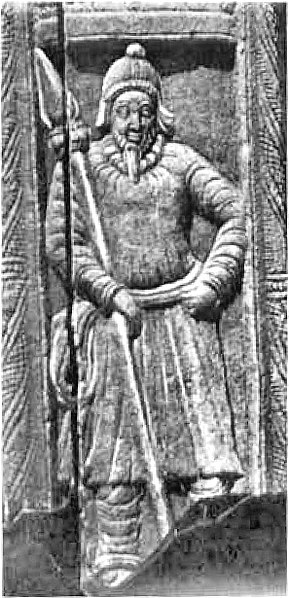
"Scythian" soldier, Nagarjunakonda Palace site.
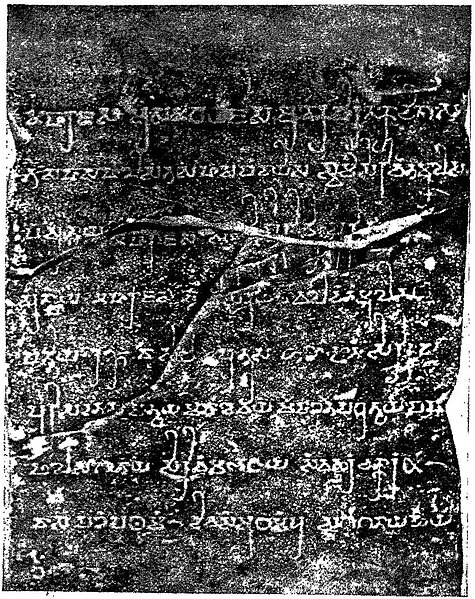
Nagarjunakonda pillar inscription of the time of Rudra-Purushadatta (300-325 CE)

A goddess relief from Nagarjunakonda